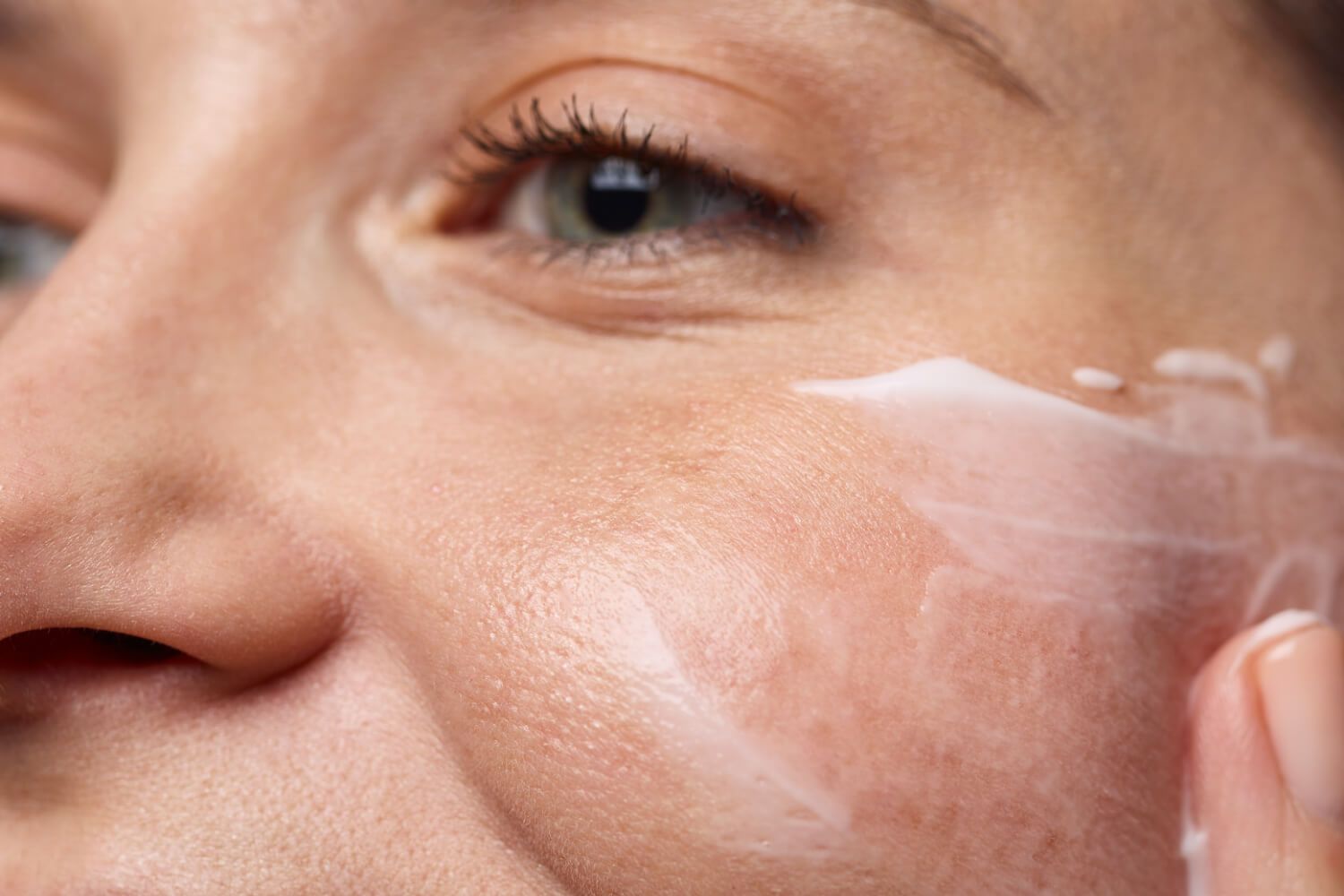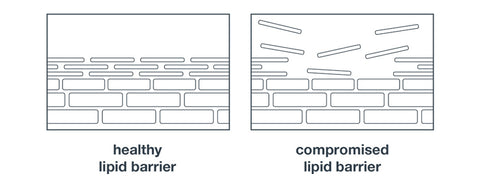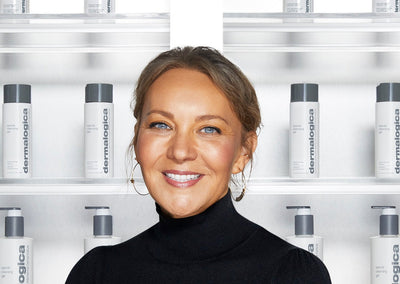3 min read
Top causes behind dry skin
05/20/2022 / Last Edited 05/30/2025Dry skin is more than dehydration. Here’s everything you need to know!

Dry skin is more than dehydration. Here’s everything you need to know!
story highlights
- People with dry skin naturally lack a strong lipid barrier, which leads to water loss and dehydration.
- Knowing what causes truly dry skin will give you more than relief – it will allow you to treat dry skin at the source.
If you have dry skin, you likely seek out ultra-moisturizing products for quick relief. But did you know that dry skin needs more than just hydration?
The latest scientific research shows that healthy skin starts with the right balance of a strong lipid barrier, hydration, and an optimal microbiome (aka microbial environment). If any of these factors are imbalanced, skin can look and feel compromised. People with truly dry (alipoid) skin naturally lack a strong lipid barrier; they don’t have enough lipids to maintain optimal skin health.
Let’s take a closer look at the lipid barrier – and how you can help strengthen yours for healthy, hydrated skin.
what is the lipid barrier?
Think of lipids as the “mortar” between your skin’s “bricks”, or corneocytes. This lipid barrier is found in the stratum corneum (your outermost layer of skin), and it’s our first line of defense against internal and external factors that can affect skin dryness. A strong lipid barrier helps prevent excess water loss and keeps out external forms of assault like UV radiation, heat and cold, and environmental irritants.

what happens when skin’s lipid barrier is compromised?
When skin’s lipid barrier is weakened, the first thing that happens is water loss, a.k.a. dehydration. This results in flakiness, dryness, dullness and fine dehydration lines. At this point, skin is more susceptible to environmental assault and signs of premature aging.
what else causes a weak lipid barrier?
If you have dry skin, your skin naturally lacks a strong lipid barrier – but there are other contributing factors that can influence barrier performance, too. Paying attention to them can help you better manage dry skin.
- Aging depletes skin’s natural lipids over time.
- Seasonal changes like low temperature and low humidity can result in decreased lipids and increased sensitivity.
- Cleansing, over-exfoliating and certain skin care ingredients – including alcohol, acetone, and harsh surfactants – can damage the skin barrier.
- Dietary changes, including reduced fat consumption, can result in lipid deficiency.
- Stress, UV exposure and some diseases can also damage the skin barrier or delay recovery.
what does dry skin need?
For all the complex factors that can influence dry skin and lipid barrier recovery, the solution is relatively simple: focus your skin care regimen around products that nourish your lipid barrier. Look for products that are rich in plant oils and contain ingredients like ceramides, fatty acids (e.g., Palmitic Acid, Stearic Acid, Myristic Acid), and sterols.
Dermalogica's Intensive Moisture Balance nourishes 10 layers deep to restore the skin's lipid barrier while Intensive Moisture Cleanser removes even long-wear make-up while nourishing skin. Plus, they’re both formulated with a state-of-the-art BioReplenish Complex™, which works on a molecular level to deliver a proven combination of key barrier lipids that help enhance skin’s natural resilience and support barrier recovery.
Need help choosing the right products for your dry skin? Talk to a professional skin therapist who can do a thorough Face Mapping® skin analysis to help you get your healthiest skin ever, or try virtual Face Mapping® through our AI-driven analysis.




